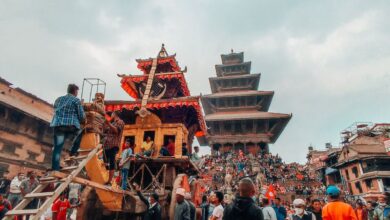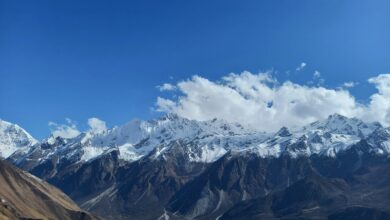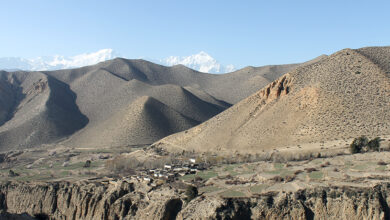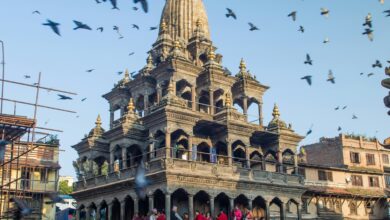FestivalsLangtang Treks
Nepal’s Janai Purnima Festival: Rituals, Gosaikunda Lake & Shaman Practices Explained
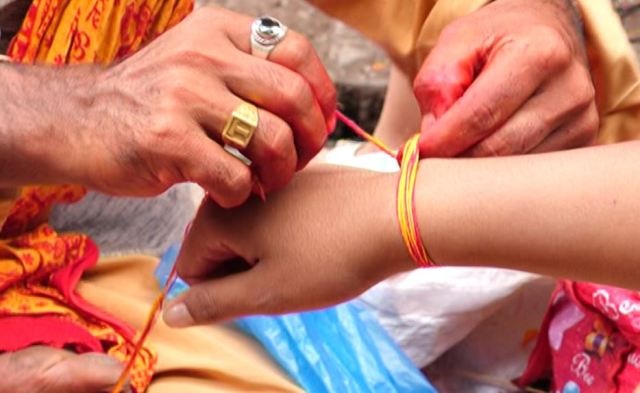
Every year, on the day of the full moon in the month of Shrawan (July/August), a holy festival- Janai Purnima, also known as Shrawani Purnima – is celebrated in Nepal. The term “Janai” stands for a sacred thread and “Purnima” for full moon. This full-moon also marks the beginning of the festival season in Nepal.
To truly understand Janai Purnima, it’s important to first understand what the Janai is and why it holds such deep significance in Hindu tradition.
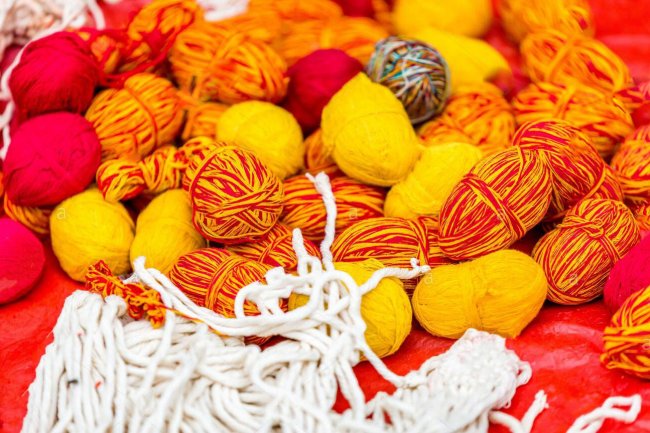
So, what is Janai?
Janai is a sacred cotton thread consisting of either three, six or nine thinner strands. Each strand is made up of three finer units. Therefore, even the most basic form of the sacred thread contains a total of nine finer units. These nine units are made holy by chanting Vedic mantras that are believed to invoke and establish the presence of Hindu deities in each strand; Omkar in the first, Agni (the Fire God) in the second, Naag (the Serpent God) in the third, Soma (the Moon) in the fourth, Pitri (forefathers) in the fifth, Prajapati (the lord of creatures) in the sixth, Vayu (the god of wind, breath and the atmosphere) in the seventh, Surya (the Sun) in the eighth and Vishwadev (all the gods or a group of deities) in the ninth. Thus, residing within these strands, the Hindu deities are believed to bless the wearer with the divine power and strength they embody.

Additionally, the three units that make one strand also represent the holy Trimurti: Brahma (the creator), Vishnu (the preserver) and Maheshwar or Shiva (the destroyer). Furthermore, for some the three strands also represent the body, speech and mind and that wearing this sacred thread helps a person gain control over all three.
Interesting Myth: The Janai underwent a material transition from gold in the Satya and Treta Yugas to silver in the Dwapar Yuga to cotton thread in Kali Yug.
Ok, who wears the Janai and when do they get it?
Janai is worn by Hindu men, primarily from Brahmin, Kshetriya and Vaishya communities, which they receive during a ritual called Bratabandha (Upanayana).
Bratabandha is a traditional Hindu coming-of-age ceremony that marks a boy’s initiation into spiritual and educational life. The ritual also symbolizes the beginning of the Brahmacharya phase, where the boy takes vows of discipline and learning and is introduced to Vedic knowledge. The ceremony also signifies spiritual rebirth and readiness to take on religious duties, and is considered a vital rite of passage in Hindu culture.
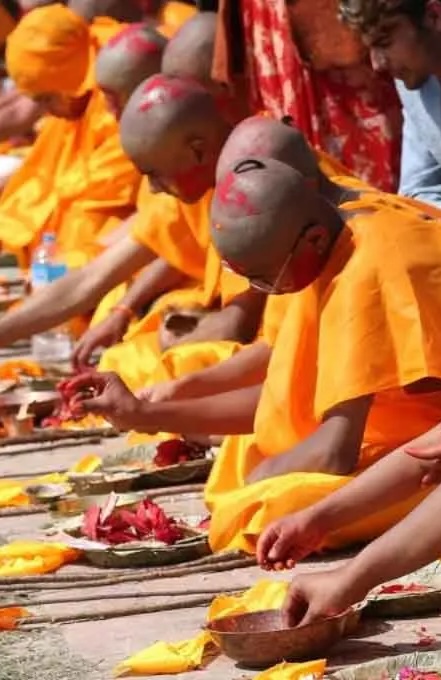
Janai for a Kshetriyas consists of three thinner strands, whereas for Brahmins, it is six. Some also add three extra strands to the Janai as a substitute for the uttariya, the upper garment considered mandatory for Hindu men during yagyas.
Is there any traditional way of wearing Janai? What are the spiritual beliefs and values associated with wearing the Janai?
Yes, traditionally this sacred thread is worn diagonally from left shoulder to the right waist across the chest.
It is believed that after wearing the Janai, all the gods and goddesses become present within one’s body, mind and soul, sanctifying the individual and guiding them towards a holy and meaningful life. It also serves as a constant reminder to the wearer that they are bound by sacred vows and disciplines, encouraging them to uphold proper conduct and live according to the teachings of their gurus. Additionally, it is believed that this sacred thread bestows knowledge, power, prosperity and wisdom upon the wearer, who is therefore expected to be dutiful, loyal, respectful, truthful and disciplined. Furthermore, this sacred thread is believed to inspire the wearer to perform good deeds and maintain pure character, while also granting longevity, distinction and protection from negative thoughts and energies throughout life.
Why do the wearers change their Janai in Janai Purnima?
Janai Purnima is celebrated in the month of Shrawan, which is regarded as sacred because the entire month is dedicated to Lord Shiva. The full moon during this month is believed to be the most powerful day, as spiritual energy is at its peak. This combination makes it an especially auspicious time for performing rituals and worship. It is also believed that any rituals performed on this day hold greater spiritual significance and power.
The ritual of changing the Janai symbolizes spiritual cleansing and a fresh start, while also renewing the sacred vows taken during Bratabandha – to live with purity, self discipline and in accordance with dharma. Also, a newly sanctified Janai, blessed with Vedic mantras, is believed to offer protection from negativity and attract wisdom, strength and diving blessing. Therefore, changing the Janai on this auspicious day deepens the spiritual significance of the act and reinforces the wearer’s connection to their faith and responsibilities.
However, Janai Purnima is not the only occasion when the sacred thread is changed. According to Hindu scriptures, the Janai should also be replaced every four months, before performing any yagya and after completing a period of ritual impurity due to a birth or death in the immediate family.
How is Janai Purnima celebrated in Nepal?
Janai Purnima in Nepal is a day of spiritual purification, protection and familial bonds. This festival is celebrated across Nepal by both Hindus and Buddhist communities in their unique ways.
The ritual actually begins a day before the main day, when people (especially men) observe a partial fast and avoid foods like garlic, meat and onions as a way to cleanse both body and mind in preparation for the sacred thread-changing ceremony. In the morning of Janai Purnima they take ritual baths in rivers or nearby sacred water bodies and offer offerings of rice, dubo (sacred grass), flowers and holy water to deities. Devotees also honor ancient sages and ancestors by offering water, sesame seeds, and prayers, seeking their blessings for knowledge and wisdom.
Men from Brahmin, Kshatriya and Vaishya communities change their Janai. However, before replacing the old with the new ones, the priests chant Vedic mantras and conduct purification rituals.
Moreover, on the same day, Hindu priests tie yellow or red thread, known as Doro, around the wrist of devotees, regardless of caste or gender. This sacred thread is believed to offer protection from evil and is traditionally worn until Laxmi Puja during the Tihar festival, when it is removed and tied to the tail of a cow for blessings and protection.
In some communities, sisters tie a Rakhi on their brothers’ wrists, praying for their well-being, while brothers, in return, pledge to protect them.
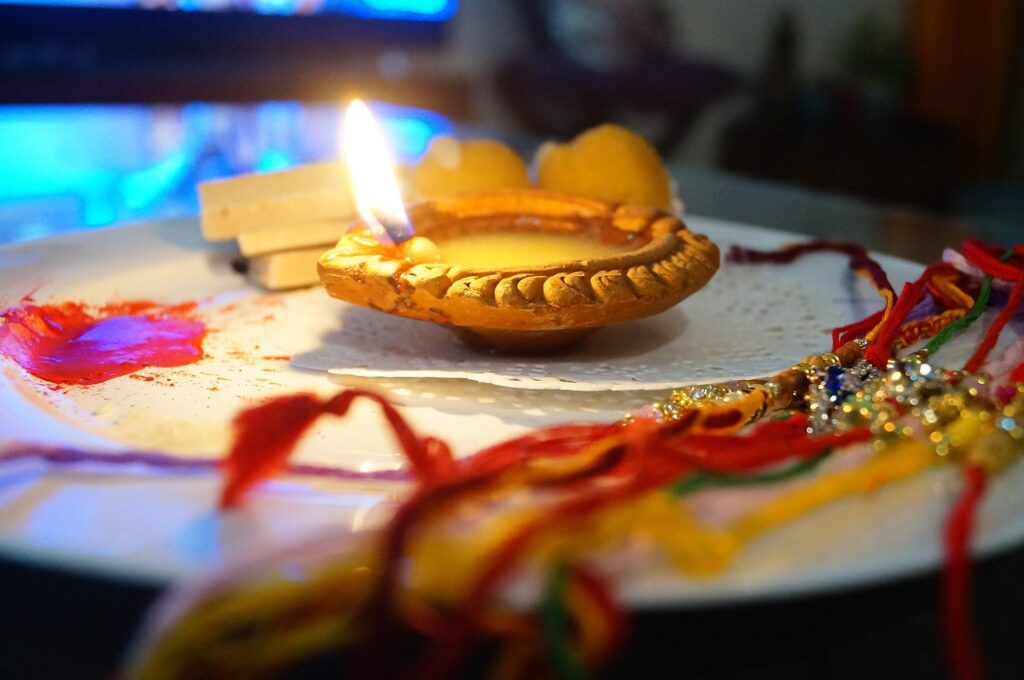
People feast on Kwati (a soup made of nine types of sprouted beans). This soup is highly nutritious and energizing. Thus, consuming this soup is believed to prepare the body for the upcoming cooler months.
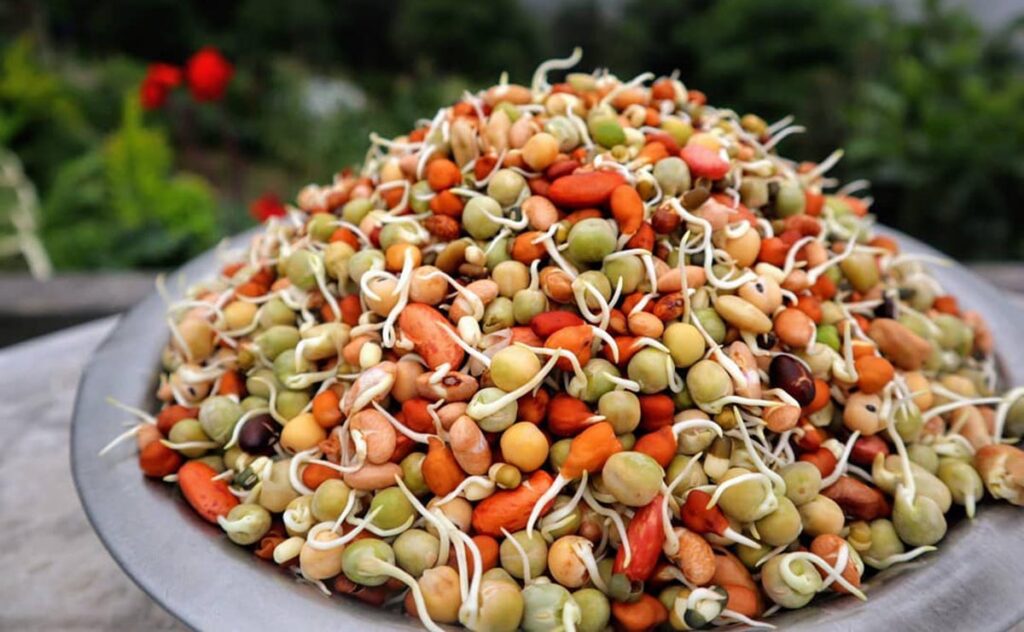
Temples in the Kathmandu Valley, such as the Kumbeshwar Mahadev Temple in Lalitpur, host grand rituals and draw large crowds for sacred bathing and Janai-changing ceremonies. Many people celebrate the festival by visiting these temples and participating in the religious activities.
To understand why this particular temple is central to Janai Purnima celebration, it’s important to first explore its connection to Gosainkunda – a sacred alpine lake situated in Nepal’s Langtang region at an altitude of approximately 4,380 meters above sea level.
The legend of Gosaikunda: Samundra Manthan, Shiva, Sacred origin and Connection to Janai Purnima and Kumbeshwor Mahadev
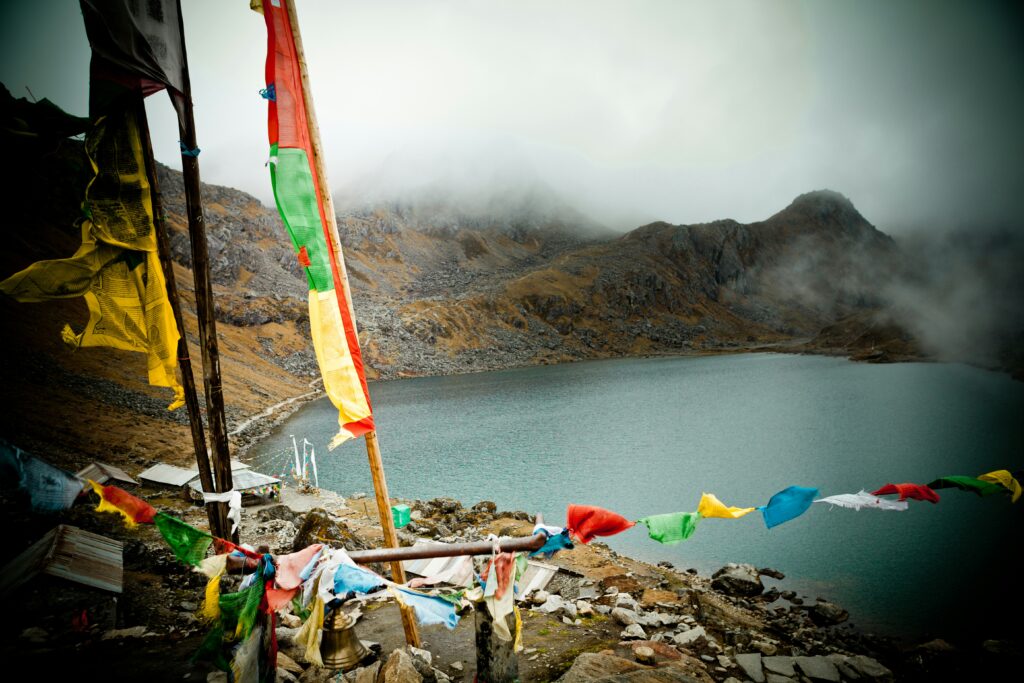
According to Hindu mythology, during the cosmic event known as Samundra Manthan (the churning of the ocean) that took place in the month of Shrawan, in which gods and demons worked together to churn the ocean to obtain Amrit, the nectar of immortality. However, before the nectar appeared, a deadly poison called Halahala emerged, threatening to destroy all creation. To save the universe, Lord Shiva drank the poison, holding it in his throat to prevent the harm. The poison was so intense that it began to burn his throat turning it blue (earning him the name Neelkantha- the blue-throated one). To sooth the burning sensation, Lord Shiva is believed to have struck his trident (trisul) into a mountain in the Langtang region of Nepal, creating a spring of cold water, which eventually became the sacred lake, Gosaikunda. It is said that the waters of Gosainkunda still carry Shiva’s divine presence and healing energy.
Thus, bathing in Gosaikunda on Janai Purnima, when the spiritual energy is at its peak, is believed to cleanse sins, purify the soul and bring amplified spiritual renewal. It takes roughly 3 days to reach this lake from Kathmandu, which is a one day drive and two days trek.
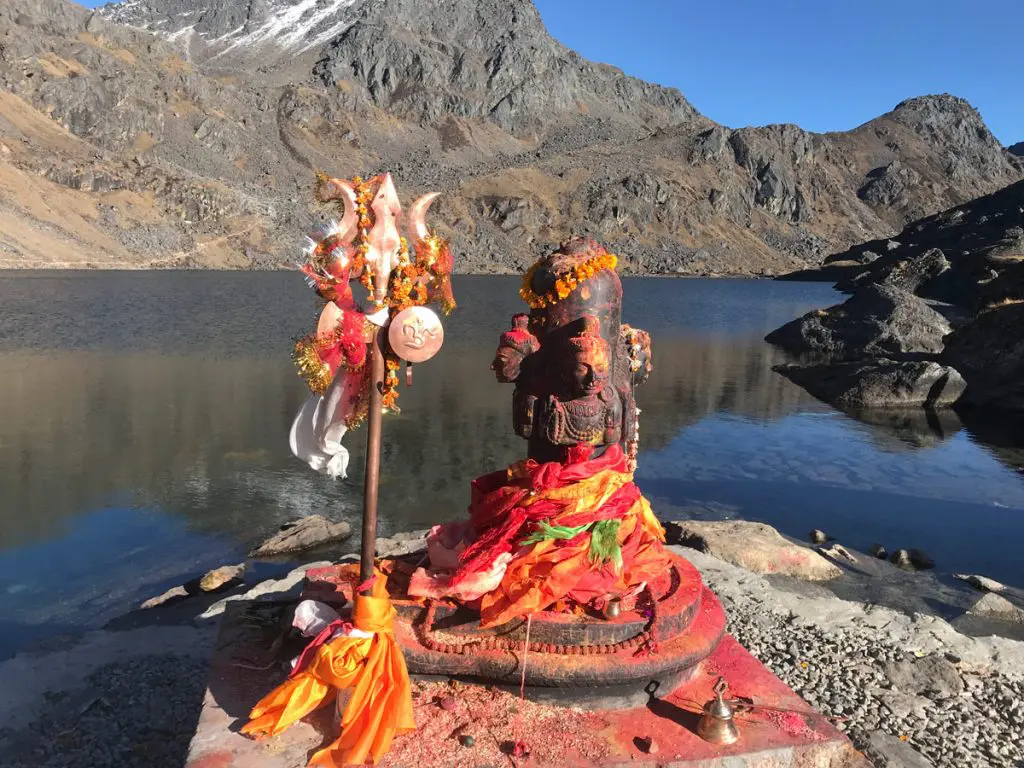
However, for those who are unable to make the journey to Gosainkunda or undertake the challenging trek, visiting Kumbeshar Mahadev Temple in Lalitpur offers a meaningful alternative to perform Janai Purnima rituals and receive blessings as the complex houses a spring which fills the adjoining ponds, the source of which is believed to be Gosaikunda. Thus taking a dip in this pond during the festival of Janai Purnima is considered equivalent to taking a dip in Gosaikunda.
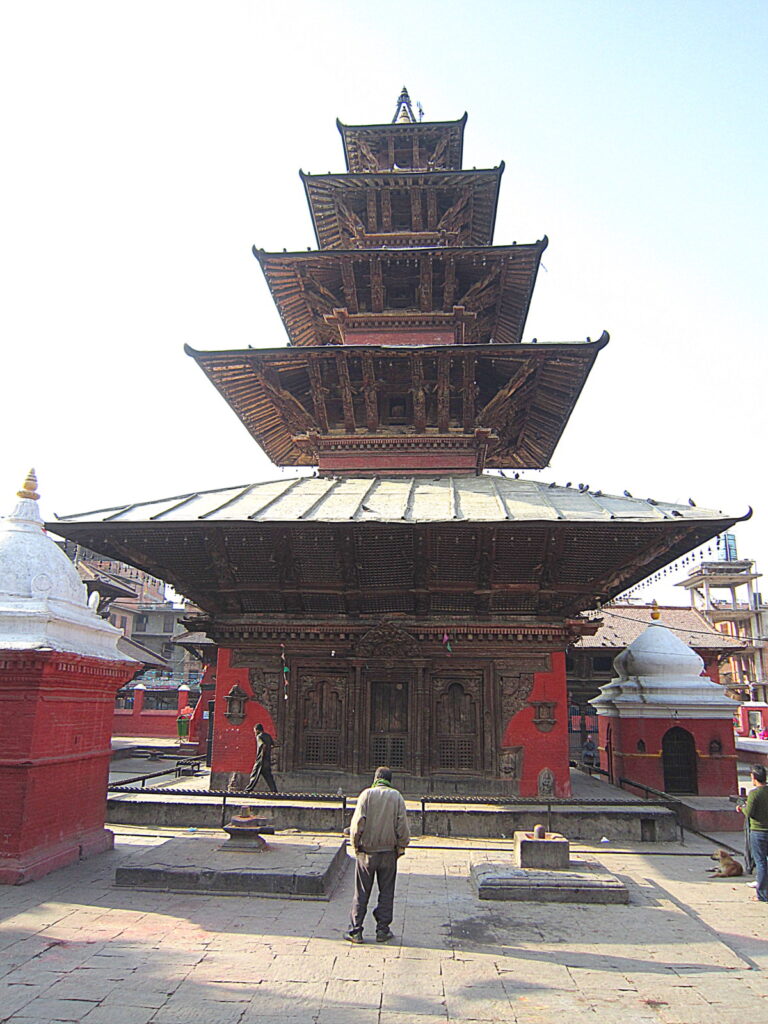
Shamans and their connection to Gosaikunda and Janai Purnima
Shamans, locally known as Jhankris in Nepal, are traditional spiritual healers or practitioners.They are believed to have the ability to communicate with spirits, heal illness and protect people from negative energies through rituals, chants, drumming and trance-like state. In communities like Tamang, Gurung, Magar, Rai, Limbu and even sherpa they hold a very reputable place and serve as a healer of physical and spiritual ailments, guides during life events like birth, marriage or death, protectors against curses, spiritus or misfortunes and the performers of rituals for harmony between nature, spirits and people. Their knowledge is typically passed down orally through generations and their training involves spiritual dreams, visions and years of mentorship.
During Janai Purnima, alongside Hindu devotees, shamans also undertake the challenging pilgrimage to Gosainkunda, as they regard the lake as a powerful source of spiritual energy and renewal. Clad in traditional attrire, they gather at the lake to perform rituals, chant mantras, and reconnect with nature and the divine to renew their healing powers. Carrying drums and bells, they perform trance-like dances and purification rituals along the banks of the lake. It is believed that by performing these rituals during this spiritually charged time, they receive vision, blessings, and enhanced spiritual strength from Lord Shiva himself. This annual gathering serves as both a moment of spiritual renewal and a vibrant expression of their cultural identity.
This festival is followed by another very interesting festival called Gai Jatra, that is celebrated on the first day of the waning moon (Krishna Pakshya).
This year (2025) Janai Purnima is celebrated on 9th of August. Amigo Treks and Expedition also organizes treks to Gosaikunda. For more information email, info@amigotrekking.com.



